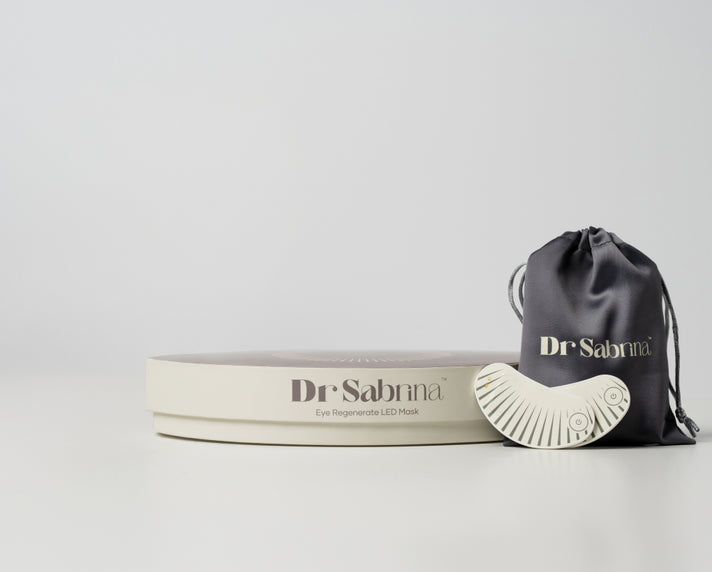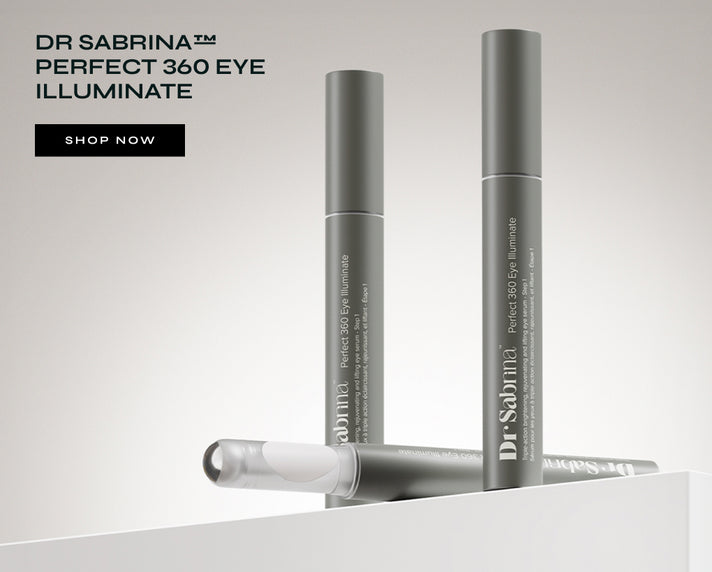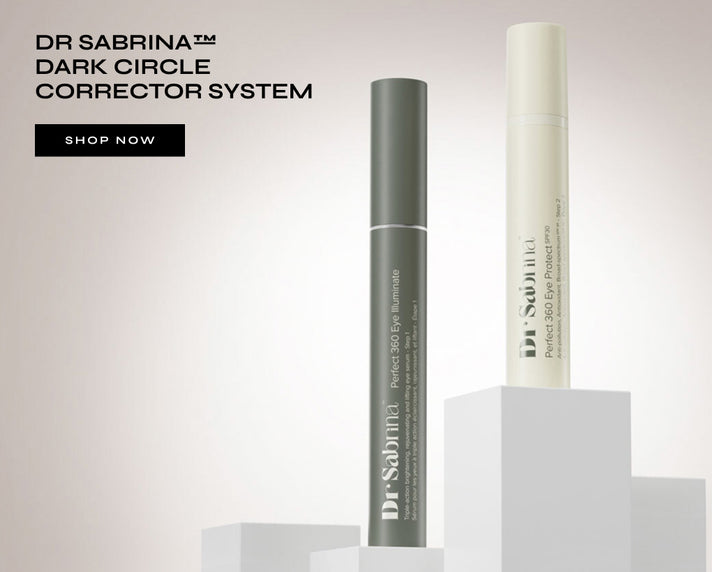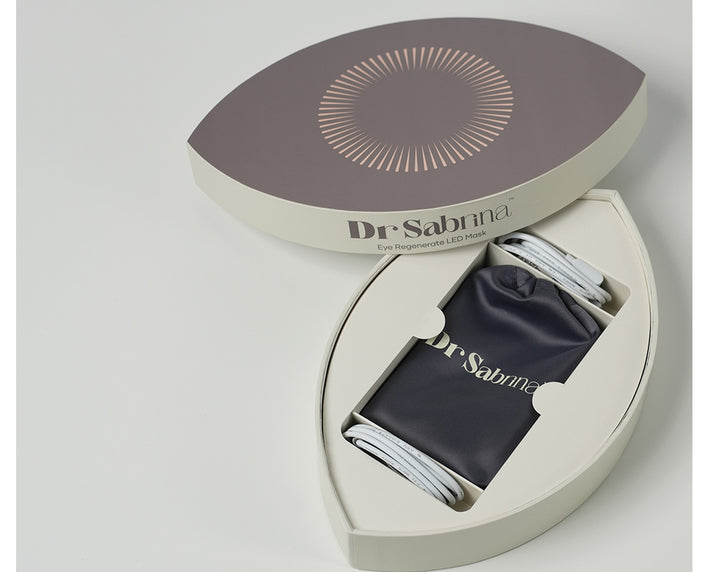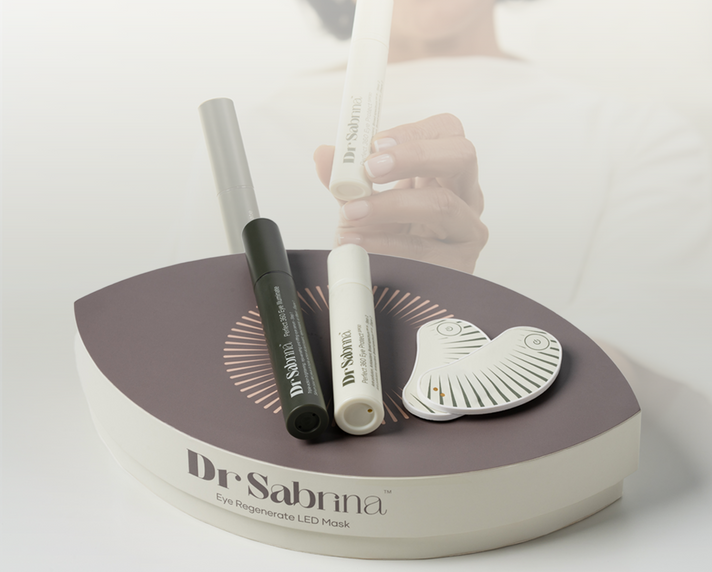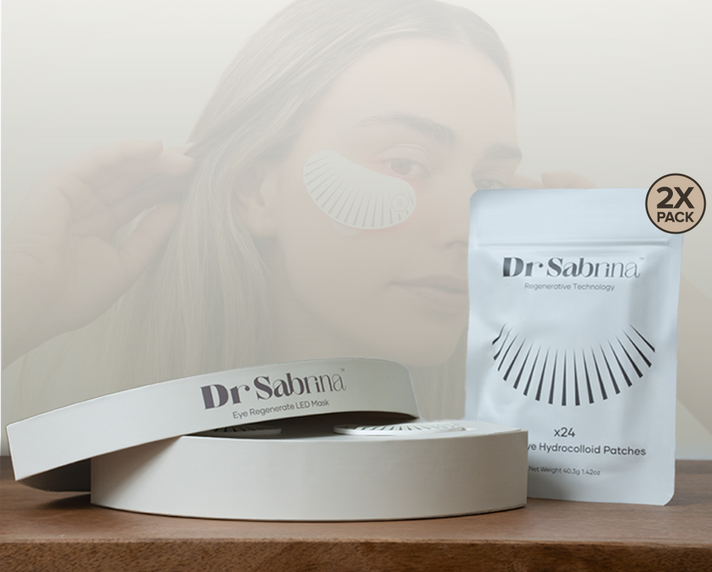Dark Circle
How To Use Colour Corrector?: The Ultimate Guide

Ever had one of those mornings where your reflection greets you with dark, puffy circles under your eyes? We’ve all been there, whether it’s from a night of tossing and turning, a packed schedule, or simply genetics. Everyday things like lack of sleep, staring at screens, or stress can make those circles pop even more. While eye serums and creams are a great long-term solution, sometimes you just need a quick fix. Instead of piling on concealer, try using colour correctors to brighten up your eyes instantly. Let’s learn how to use colour corrector and start your day looking fresh!
What Is a Colour Corrector?
Many people think concealers and colour correctors do the same job, but they actually serve different purposes and work great together. Concealers provide full coverage to hide imperfections and match your skin tone. On the other hand, colour correctors use complementary colours to balance out discolouration in your skin. They come in versatile shades, like peach for lighter skin tones and apricot for medium to deeper ones, offering sheer, buildable coverage with a natural, lasting finish.
What Colour Corrector Should You Use?
Let’s explore the different colour-corrector shades and explain which ones to use for various skin issues.
Green Colour Corrector
Green colour correctors help reduce redness on your skin, like redness from breakouts or irritation. Its green shade works to balance out and cancel out the red and pink tones, making your skin look more even and smooth.
Start by applying a small amount of green colour corrector to the red areas of your skin. Gently blend it out until the redness is less noticeable. Begin with a small amount—you can always add more if needed for better coverage.
Purple Colour Corrector

Purple colour correctors are perfect for brightening up dull, tired-looking skin. Lavender shades are especially good at balancing out yellow tones, which helps your complexion look fresher and more vibrant. Apply the lavender corrector only where needed, like under your eyes or on your chin and forehead. Make sure to blend it well before you put on your foundation and concealer.
To brighten dull skin, you don’t have to cover your whole face with a lavender colour corrector. Instead, just dab a little bit on areas that need extra brightness, like under your eyes, on your chin, and on your forehead. Blend it carefully for a natural-looking boost.
Blue Colour Corrector
Light blue colour correctors are useful for evening out warm or orange tones in your skin. If you notice any unwanted warmth, like orange patches, a light blue corrector can help balance it out. This type of corrector works well for all skin tones and can make your complexion look more even. Darker blue shades can also be handy if your foundation or concealer looks too warm and needs a cool-toned adjustment.
Pink Colour Corrector
Pink or peach colour correctors are great for fair skin and can help balance out bluish under-eye circles. They work to neutralise those dark tones, giving your eyes a brighter, more even appearance.
Orange Colour Corrector
Orange colour correctors are best suited for countering blue tones, making them effective for reducing the appearance of dark spots and circles on medium to deep skin tones. They help neutralise those bluish hues for a more even look. To find the right shade, think about your skin tone and undertones, or try a colour-correcting palette with different shades to see which one works best for you.
Yellow Colour Corrector
Yellow colour correctors help balance out purple discolouration, such as dark spots and under-eye circles. For fair skin, go for a lighter, pastel yellow, while deeper, golden yellow works better for medium to dark skin tones.
Bonus Tip: For the best ways to reduce dark circles, skim through our guide on ‘How to get rid of dark circles?’ now.
To Apply Colour Corrector: Step-by-Step Guide
After choosing the right shade, applying a colour corrector is simple. Read on for a detailed step-by-step guide on how to use colour corrector for a smooth, even look.
Apply Primer

Start by applying a makeup primer to your face. A primer helps create a smooth base for your makeup and makes it stay on better and last longer. Depending on what you need, some primers can help reduce the appearance of pores, control shine, or add a glowing look to your skin. If you’re using an under-eye serum or cream for added benefits, apply it before your primer. The right primer will make a big difference in how well your makeup looks and feels throughout the day.
Apply Your Colour Corrector
After letting your primer set for a minute or so, it's time to use your colour corrector. Apply the corrector directly to areas with discolouration. For example, if you have dark circles, focus on your under-eye area. If you're dealing with dark spots, redness, or blemishes, apply the corrector to those specific spots.
Here’s a simple guide for choosing the right colour corrector:
Redness: Use a green corrector to neutralise red and pink tones on your skin.
Dark Circles and Spots: For fair skin, use a peach corrector. If you have medium to dark skin, a deeper orange shade works better.
Sallowness: Apply a lavender corrector to balance out any yellow or dull tones in your skin.
You can use your fingers, a brush, or a sponge to blend the corrector. Pick the tool that works best for you. It’s perfectly normal if there’s still a bit of colour left after blending—your foundation and concealer will cover it up.
Apply Your Foundation
Now it’s time to apply your foundation. Start with a small amount, about the size of a pea, and gently spread it across your face using your preferred method. If you find that you need a bit more coverage in certain areas, you can add a little more foundation as needed. This way, you’ll achieve a smooth, even finish and build-up coverage gradually, ensuring you don’t apply too much product at once.
Apply Concealer For Extra Coverage
After applying your foundation, it's time to use concealer for those extra touch-ups. Pick a concealer shade that closely matches your natural skin tone. Apply it to areas where you need more coverage, just like you did with the colour corrector. This will help cover any spots or imperfections that still show through.
To pick the right concealer, it should match the shade of your foundation. You can test different concealers to see which one blends best with your skin for a seamless, natural look. You can try testers in a store or use a virtual try-on tool to see how different concealers work for you.
Note: If you’re aiming for a lighter makeup look, you can skip the foundation and just use concealer. Just make sure to blend your colour corrector well so there aren’t any noticeable patches of colour.
Set Your Makeup

Once you’ve finished applying and blending your colour corrector and concealer, it’s time to set your makeup. Simply use a setting spray by gently misting it over your face. This helps to keep your makeup in place and looking fresh throughout the day.
Conclusion
Colour correctors can be very helpful for brightening up your look and minimising any dark circles, redness, or dullness. Start by using a primer to create a smooth base for your makeup. Then, apply the right colour corrector to the areas that need it and blend it in well. After that, add your foundation and concealer to cover any remaining imperfections and give your skin an even, fresh look.
While colour correctors can instantly hide dark circles and other skin imperfections, they are only a temporary fix. To address the root cause of dark circles, consider using targeted solutions like eye serums and dark circle correctors. A right eye serum or best dark circle corrector is formulated with ingredients such as caffeine, hyaluronic acid, and vitamin C, which help improve blood circulation, reduce puffiness, and brighten the under-eye area over time.
By combining these treatments with your colour-correcting makeup routine, you not only achieve a brighter, more even complexion immediately but also work towards reducing the appearance of dark circles in the long run.




